Recombinant Human APOE protein(Lys19-His317), His&Trx-tagged
| Cat.No. : | APOE-6865H |
| Product Overview : | Recombinant Human APOE (P02649) (Lys 19-His 317) was expressed in E. coli, fused with a Trx tag at the N-terminus. |
- Specification
- Gene Information
- Related Products
- Case Study
- Application
- Download
| Species : | Human |
| Source : | E.coli |
| Tag : | His&Trx |
| Protein Length : | 19-317 a.a. |
| Form : | Supplied as sterile PBS, 40 % glycerol, pH 7. 4. |
| Molecular Mass : | The recombinant human APOE/Trx fusion protein consisting of 458 amino acids and has a calculated molecular mass of 51.3 kDa. It migrates as an approximately 46 kDa band in SDS-PAGE under reducing conditions. |
| Purity : | > 75 % as determined by SDS-PAGE |
| Storage : | Samples are stable for up to twelve months from date of receipt at -20°C to -80°C. Store it under sterile conditions at -20°C to -80°C. It is recommended that the protein be aliquoted for optimal storage. Avoid repeated freeze-thaw cycles. |
| Reconstitution : | It is recommended that sterile water be added to the vial to prepare a stock solution of 0.2 ug/ul. Centrifuge the vial at 4°C before opening to recover the entire contents. |
| Gene Name | APOE apolipoprotein E [ Homo sapiens ] |
| Official Symbol | APOE |
| Synonyms | APOE; apolipoprotein E; AD2, Alzheimer disease 2 (APOE*E4 associated, late onset); apo-E; apolipoprotein E3; AD2; LPG; LDLCQ5; MGC1571; |
| Gene ID | 348 |
| mRNA Refseq | NM_000041 |
| Protein Refseq | NP_000032 |
| UniProt ID | P02649 |
| ◆ Recombinant Proteins | ||
| APOE-17H | Recombinant Human APOE Protein, His-tagged | +Inquiry |
| APOE-2631H | Recombinant Human APOE | +Inquiry |
| Apoe-820M | Recombinant Mouse Apoe Protein, MYC/DDK-tagged | +Inquiry |
| APOE-17HAF555 | Recombinant Human APOE Protein, His-tagged, Alexa 555 Conjugated | +Inquiry |
| APOE-2630H | Recombinant Human Apolipoprotein E, E2 Isoforms | +Inquiry |
| ◆ Native Proteins | ||
| APOE-5336H | Native Human Apolipoprotein E | +Inquiry |
| ApoE-3560H | Native Human ApoE | +Inquiry |
| APOE-5283H | Native Human Apolipoprotein E | +Inquiry |
| ◆ Cell & Tissue Lysates | ||
| APOE-8780HCL | Recombinant Human APOE 293 Cell Lysate | +Inquiry |
Case 1: Huo R, et al. Immunobiology. 2024
The treatment of metastatic papillary thyroid carcinoma (PTC) is challenging, and tumor-associated macrophages (tam) and apolipoprotein E (APOE) are important. However, we still don't know exactly how APOE affects TAMs in PTC. In our study, we looked at APOE levels in PTC tissues and created a model to see how different levels of APOE in K1 cells influenced M0 macrophages. We used various techniques to analyze changes in macrophage behavior and then checked how those changes impacted tumor cell activities, such as growth and movement. Our results showed that higher APOE levels in PTC tissues were linked to larger tumors and more metastases. Reducing APOE in K1 cells limited their ability to grow and invade. Additionally, APOE appeared to promote M2 macrophage polarization through IL-10 production, which also played a significant role in supporting tumor growth in animal models.
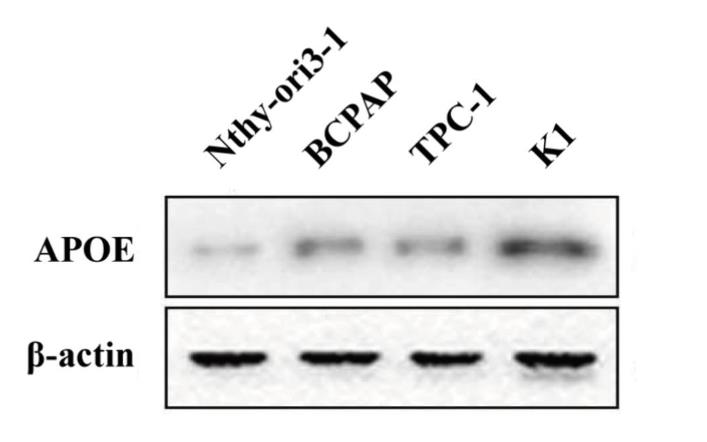
Fig1. In normal cells as well as PTC, APOE protein expression were evaluated.
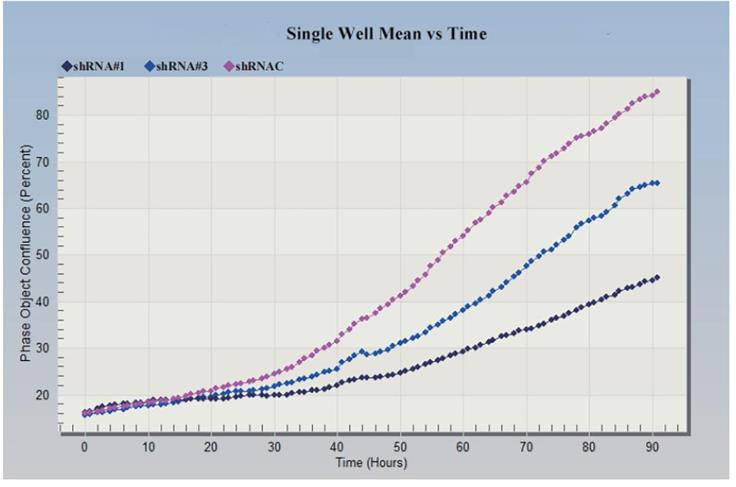
Fig2. APOE downregulation affects K1 cell proliferation.
Case 2: Windham IA, et al. J Cell Biol. 2024
The E4 variant of APOE is linked to late-onset Alzheimer's. Our study shows that when astrocytes are triggered by lipogenesis, APOE can skip entering the endoplasmic reticulum and go straight to lipid droplets through connections between them. Knocking down APOE leads to bigger, fewer lipid droplets after a fatty acid boost, with these droplets containing more unsaturated triglycerides. Using a modified APOE that targets only lipid droplets helps restore their normal size. Astrocytes with APOE4 also form big lipid droplets with more unsaturated triglycerides, but these droplets break down poorly and are more prone to damage from peroxidation. Overall, our findings reveal that APOE is crucial in managing lipid droplet size and makeup, with APOE4 causing issues in their structure and content.
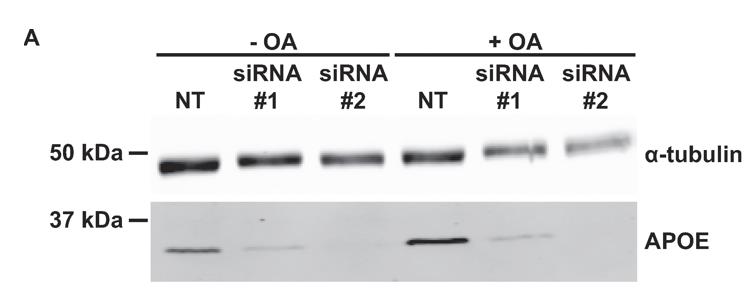
Fig1. Western blot of lysates of TRAE3-H cells transfected with a non-targeting siRNA or one of two different siRNAs against APOE.
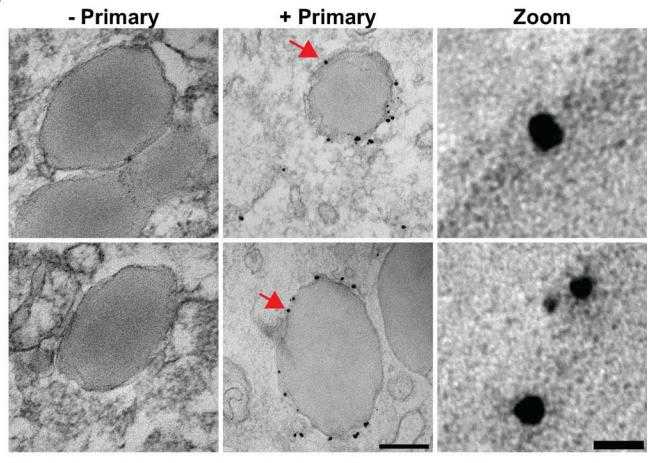
Fig2. Immunogold electronmicrographs of endogenous APOE in TRAE3-H cells.
Recombinant Human APOE (apolipoprotein E) is really important in research due to its key role in lipid metabolism. This protein tethers to lipoproteins and is vital for breaking down lipids, keeping lipoprotein structures intact, acting as a guide for lipoprotein receptors, and managing the enzymes that modify lipid metabolism. It's largely made in the liver and brain but can be found in varying amounts in almost every organ. APOE connects with certain receptors, helping liver cells grab lipoprotein leftovers, which is crucial for normal lipid handling. If there's an issue with APOE binding to low-density lipoprotein (LDL) receptors, it can trigger type III hyperlipoproteinemia.
In research and production settings, Recombinant Human APOE is key for studying how lipoproteins carry lipids and looking into how plasma lipoproteins are created, modified, and removed from circulation. It's also explored for its role in lipid nanoparticles (LNPs) to see if it helps deliver siRNA to liver cells. Beyond that, APOE is involved in regulating cholesterol balance, aiding in reverse cholesterol transport, and playing a part in the central nervous system, immune responses, and transcription regulation, especially during microbial infections, including interactions with HCV. These uses make Recombinant Human APOE a vital tool for developing new therapies and diagnostic methods.
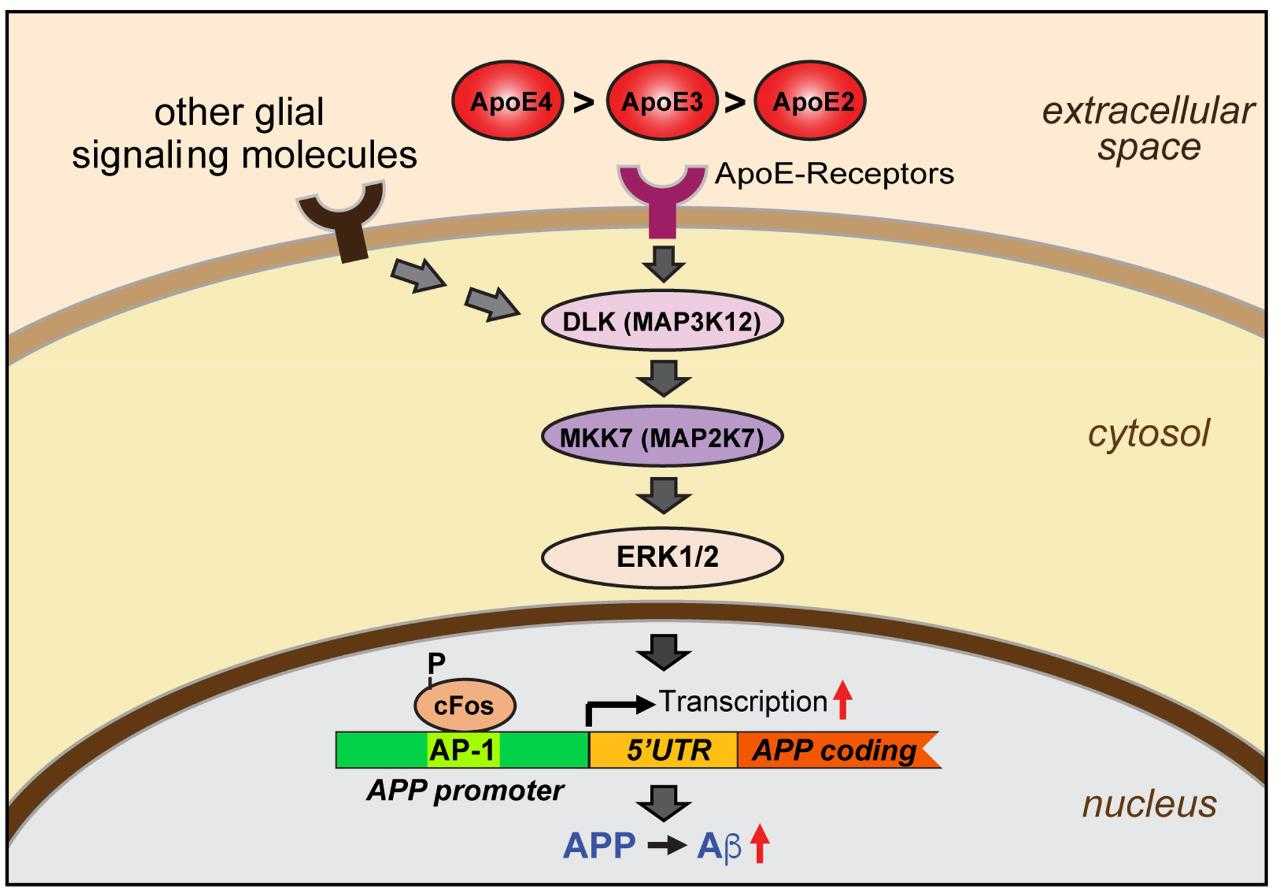
Fig1. Schematic of the ApoE signaling pathway that controls APP transcription and Aβ production via activation of the DLK MAP kinase cascade. (MYu-Wen Alvin Huang, 2017)
Not For Human Consumption!
Inquiry
- Reviews
- Q&As
Ask a Question for All APOE Products
Required fields are marked with *
My Review for All APOE Products
Required fields are marked with *
Inquiry Basket


